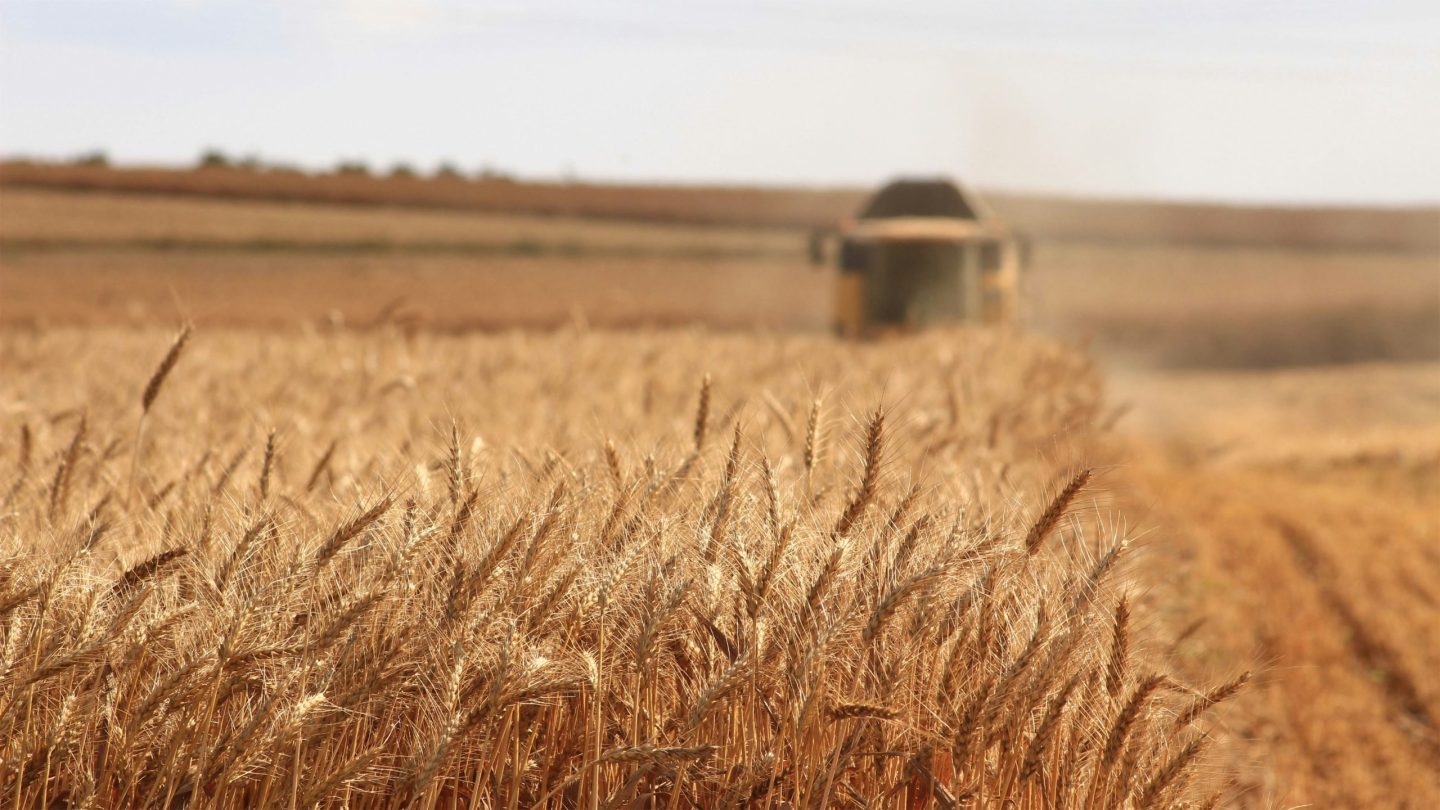- Digital agritech holds promise for climate action and gender equality.
- Adoption remains low, with only six percent of farmers using digital tools.
Agriculture is both a driver of and vulnerable to climate change, and digital technology is stepping in as a possible game-changer. In Southeast Asia—places like Vietnam, Indonesia, Thailand, Myanmar, Laos, Cambodia, and the Philippines—farming is a major source of income and jobs. For these countries, dealing with climate change while keeping food production sustainable is essential.
With nearly 100 million smallholder farmers in the region, it’s clear why this shift toward sustainable agriculture is so important.
Globally, digital agricultural technology (D4Ag) is on the rise, with around 1,400 solutions popping up to help tackle challenges in agriculture. Southeast Asia currently holds just a small share of this, but it’s growing: instances of digital agritech solutions went from 59 in 2018 to 92 by 2022. Yet, only about six per cent of the region’s farmers use digital tools, according to Beanstalk AgTech. That’s similar to sub-Saharan Africa and only a third of Latin America’s rate. No solution here has hit the one-million-user mark yet, suggesting there’s still huge potential waiting to be tapped.
Shifting toward digital market links
The focus of D4Ag solutions is also changing. Many tools now aim to link farmers directly with markets, moving away from simply offering advice, an offering which has been hard for startups to monetise. The pandemic sped up this change, but there are still challenges—digital literacy gaps, infrastructure issues, and limited access to funding all slow down adoption of D4Ag across the region.
Another promising angle for D4Ag is its potential to reduce the gender gap in agriculture. While there isn’t a lot of data breaking down digital use by gender, existing research suggests that D4Ag can help boost women’s economic opportunities, providing better access to resources, financing, and skill-building. In Southeast Asia, women make up nearly half the farming workforce but only around 30 per cent of digital agritech users. Closing this 54 per cent gap could bring an estimated eight million more women into digital agriculture in the next ten years.
Tackling climate change head-on
With climate change becoming an urgent issue, digital agritech is now intersecting with climate tech, helping farmers adapt and minimise their environmental impact. The new tools promote sustainable practices, like using fewer resources (water, fertiliser, pesticides), fine-tuning production to cut waste, and reducing emissions. They’re also helping farmers respond more quickly to emerging climate threats.
Still, there are challenges ahead. Digital agricultural insurance, which could support farmers in climate adaptation, is only available to around three per cent of farmers in Asia outside China and India. High costs, technical hurdles, and a shortage of skilled professionals in data and environmental science make it tough to expand digital solutions for climate-smart agriculture.
Real potential for change
Even with these hurdles to surmount, digital agritech could make a big difference—potentially cutting up to 78 megatons of CO2 emissions each year over the next decade in Southeast Asia. But to get there, tech providers, governments, and farming communities will need to work together to break down current barriers.
As Southeast Asia stands between tradition and innovation, digital agriculture offers a path to reshape farming. If the region fully embraces D4Ag, it could see real progress toward gender equity, social inclusion, and climate resilience, laying the groundwork for a sustainable, thriving agricultural future.








